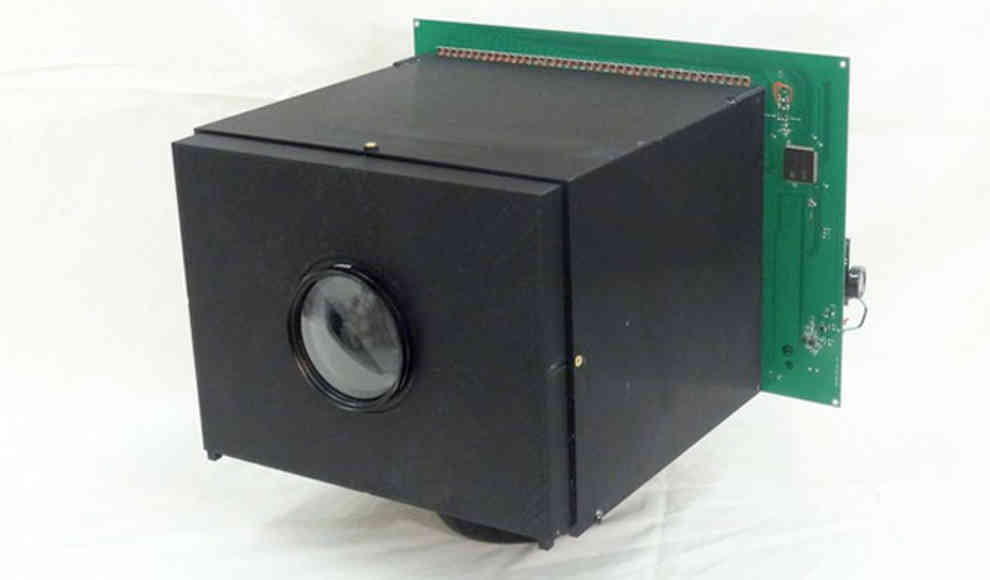In a world where we rely heavily on technology, running out of battery power can be a frustrating experience. However, a team of American researchers from Columbia University’s Computer Vision Laboratory may have found a solution to this problem. They have developed a camera that can power itself without the need for external power sources. The prototype, called the Self-Powered Camera, uses a built-in image sensor to produce its own electricity. This sensor not only collects light to create photos, but it also functions as a solar cell, converting the incoming light into energy and storing it.
According to Professor Nayar, the project leader, the camera’s photodiode measures the amount of light that enters and generates a photo. Similarly, a solar cell produces energy through the photovoltaic process. By utilizing the photodiodes in this way, the camera can not only take pictures but also generate the necessary power to read them. The Self-Powered Camera is the first of its kind and has a resolution of only 30×40 pixels. However, Nayar believes that a higher resolution is possible, but it would be more expensive to produce.
The team’s long-term goal is to create a compact, energy-autonomous camera that can produce 30 images per second with a resolution of 640×480. Although it may take years before such cameras become affordable and widely available, the researchers have demonstrated that devices with local energy generation are technically feasible. While not all devices may have this feature in the future, the more devices that do, the more convenient and stress-free our daily lives will become.










